“First things first: a pest is an epidemic disease, and my beautiful city is not that. So from now, you will call it Budapesht”.
That got a giggle from the crowd. It was a cheery start to the “free walking tour” of Budapesht, the second stop on our journey from Paris to Istanbul.
We had rented an apartment on AirBnB, and coming from the opulence of Paris, it was a shock to step into the apartment complex and see decay - decay everywhere. Peeling art nouveau walls, rotting elaborate door frames, rusty iron handles on creaky lifts. The apartment itself was newly refurbished, but it seemed out of place, stuck in a building that was literally falling apart, crushed and forgotten by age.
We would later learn that this is fairly common in Budapest, particularly in the some old neighbourhoods where many apartment buildings are still owned by the government. The rent is low, there is no body corporate and little incentive for individual renters to fix what they regard as common property, so many art nouveau buildings are simply left to rot and completely fall apart. Indeed, in some cases, the government would get more money out of redeveloping the land after a building has been demolished than to restore an old building to its former glory.
But what is the long term effect of this kind of defacing of a city? It seems to be a tension wherever I go in the world. And even when you do restore heritage, how do you keep it real at the same time? How do you do it without raising the rent, without excluding those on the margins who have been allowed to live in relatively peace in their rotting old town apartments?
I’m not sure if there is an easy solution, but I do remember feeling a sense of pity when I brushed away the dust on the staircase of my rental apartment to reveal white marble underneath.
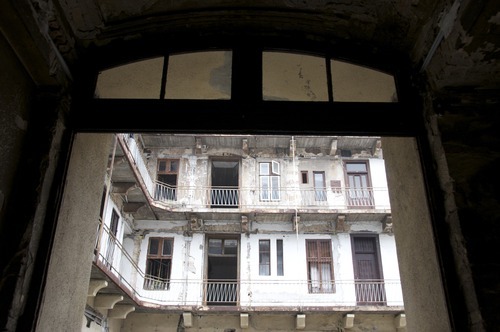
Our apartment building.
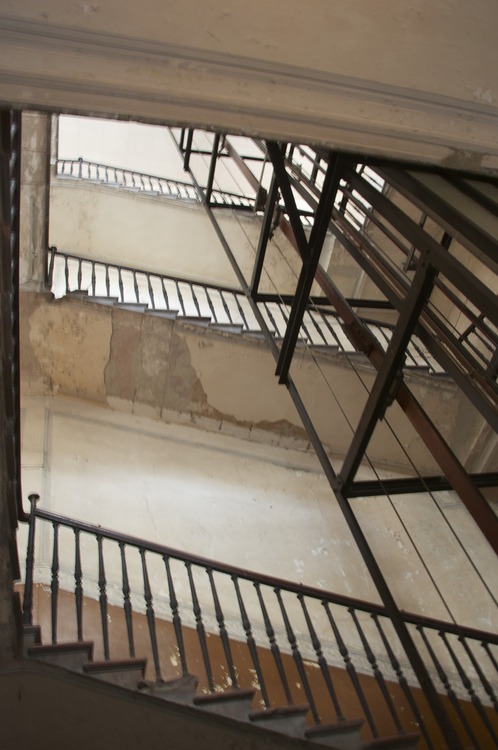

Museum of terror

But as the Mumford song goes, you must know life to see decay. Budapest has known a lot of life, and even in its apparent post-communist, decaying dormancy, we saw signs of a vibrant culture: the glittering opera house and some of the cheapest opera tickets you will ever be able to buy (we paid about $50 for front show box seats). The cafes and ruin bars tucked away in dilapidated yards in the Jewish district. The hipsters with a licence to wear their grandpa’s loafers. Cheap drinks, delicious (much underrated) wine, artery-cloggingly rich food.
We ate, drank and lived like kings at night, and walked through streets filled with the smell of cinnamon during the day, learning about history, Hungary’s long history of resistance and adaptation - first as foreigners from Central Asia who settled at the foot of the Carpathian mountains, and later as a people dealing with a taut relationship with their successive invaders - the Mongolians, the Turks, the Habsburgs, the Communists …
There are some cities that you bookmark for “One Day”. That One Day when you’ll have the time, the leave, the opportunity to visit again. I left Budapest with a bookmark, hoping that when I return on that One Day, there will be less decay and more dusting off of the brilliant city beneath the decades of dormancy.
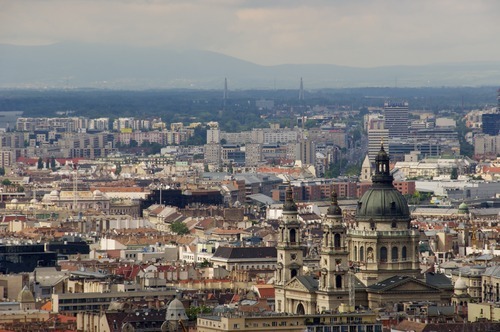
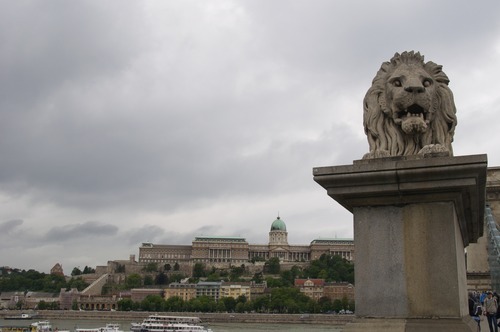

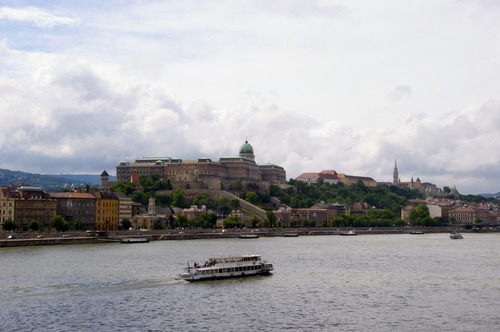
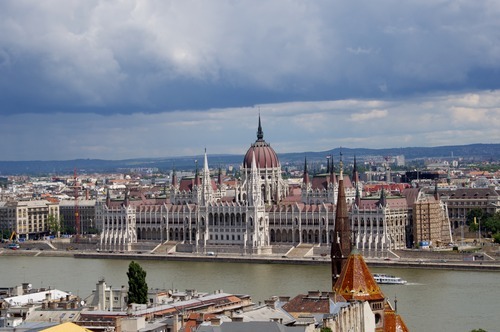
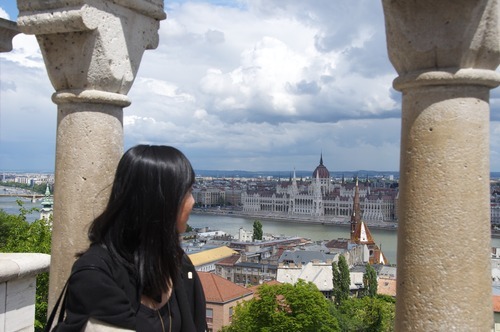
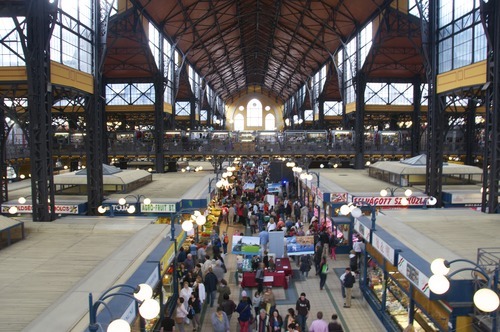
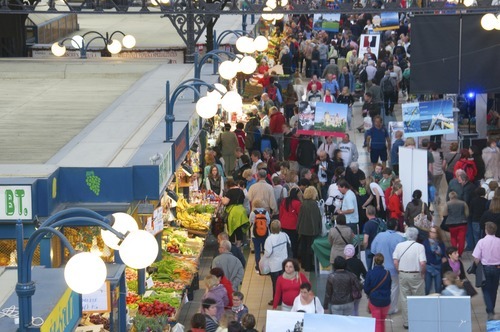
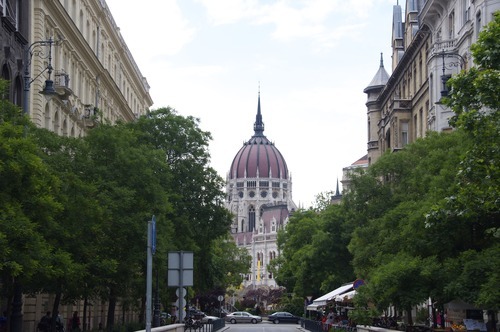
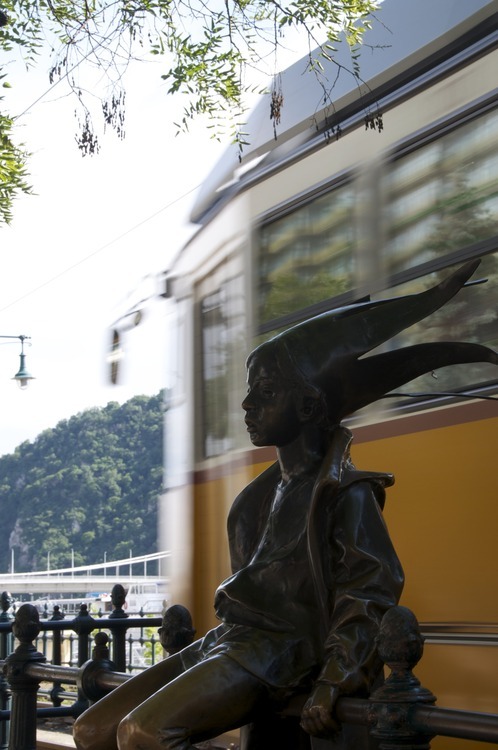

No comments:
Post a Comment